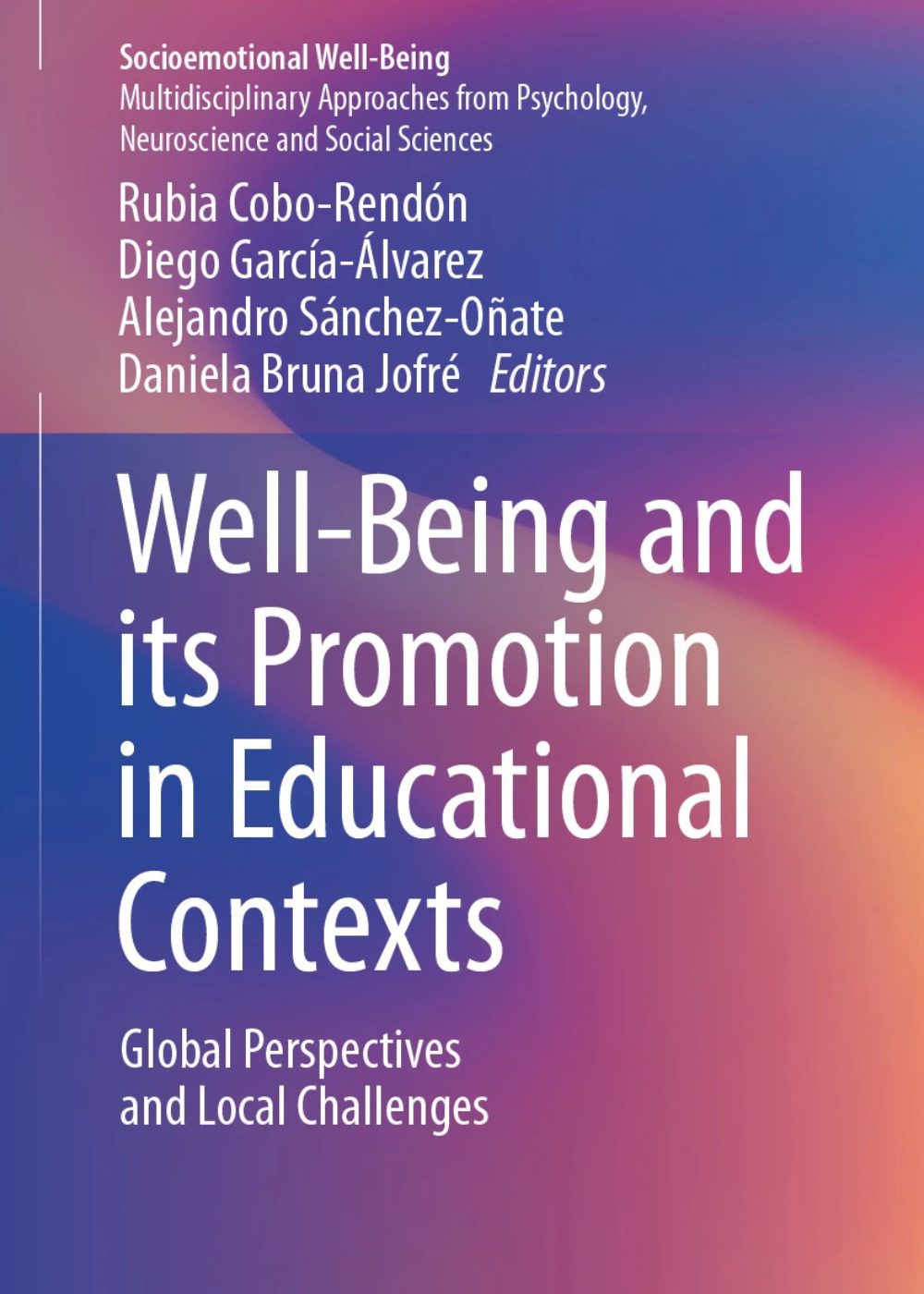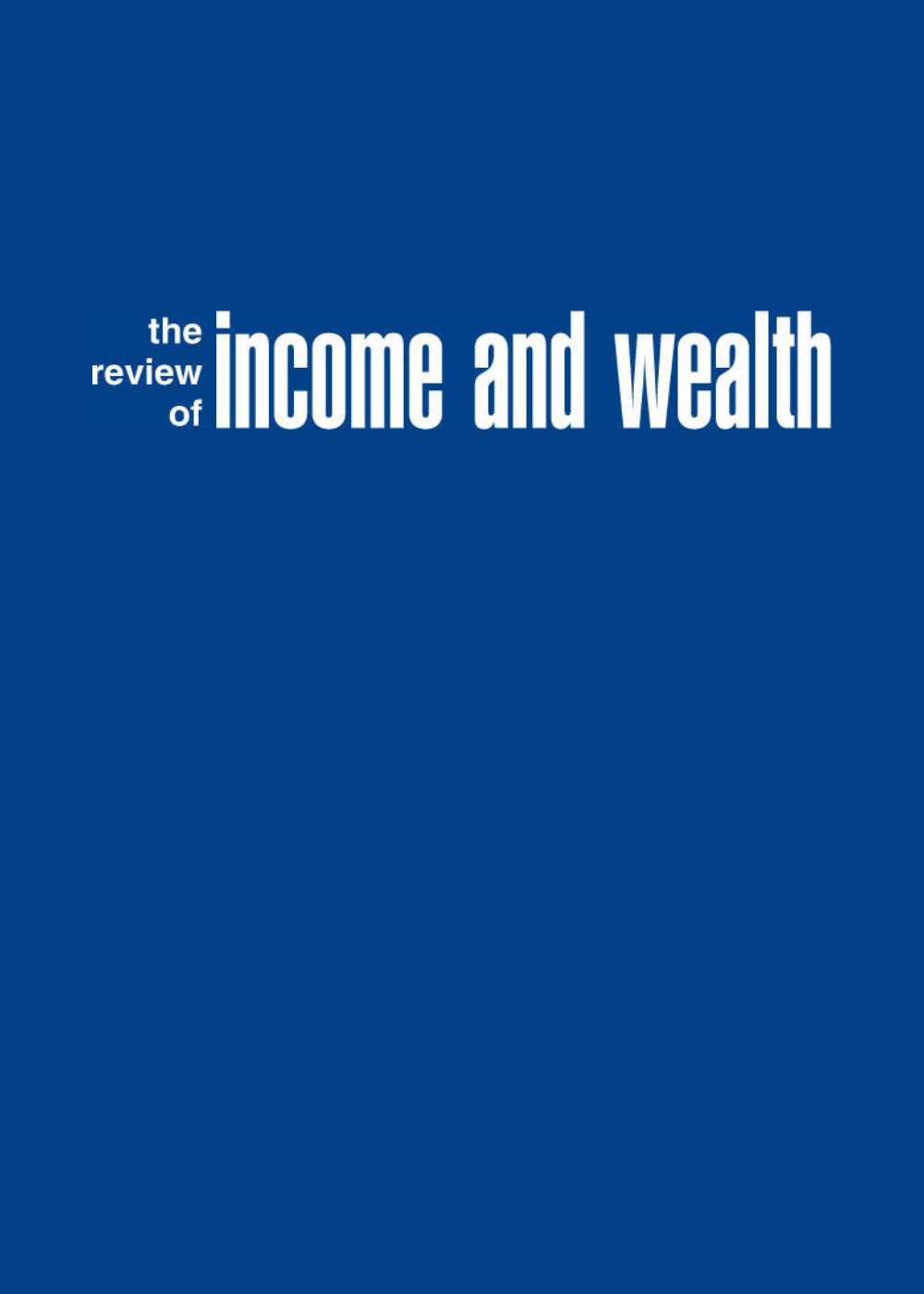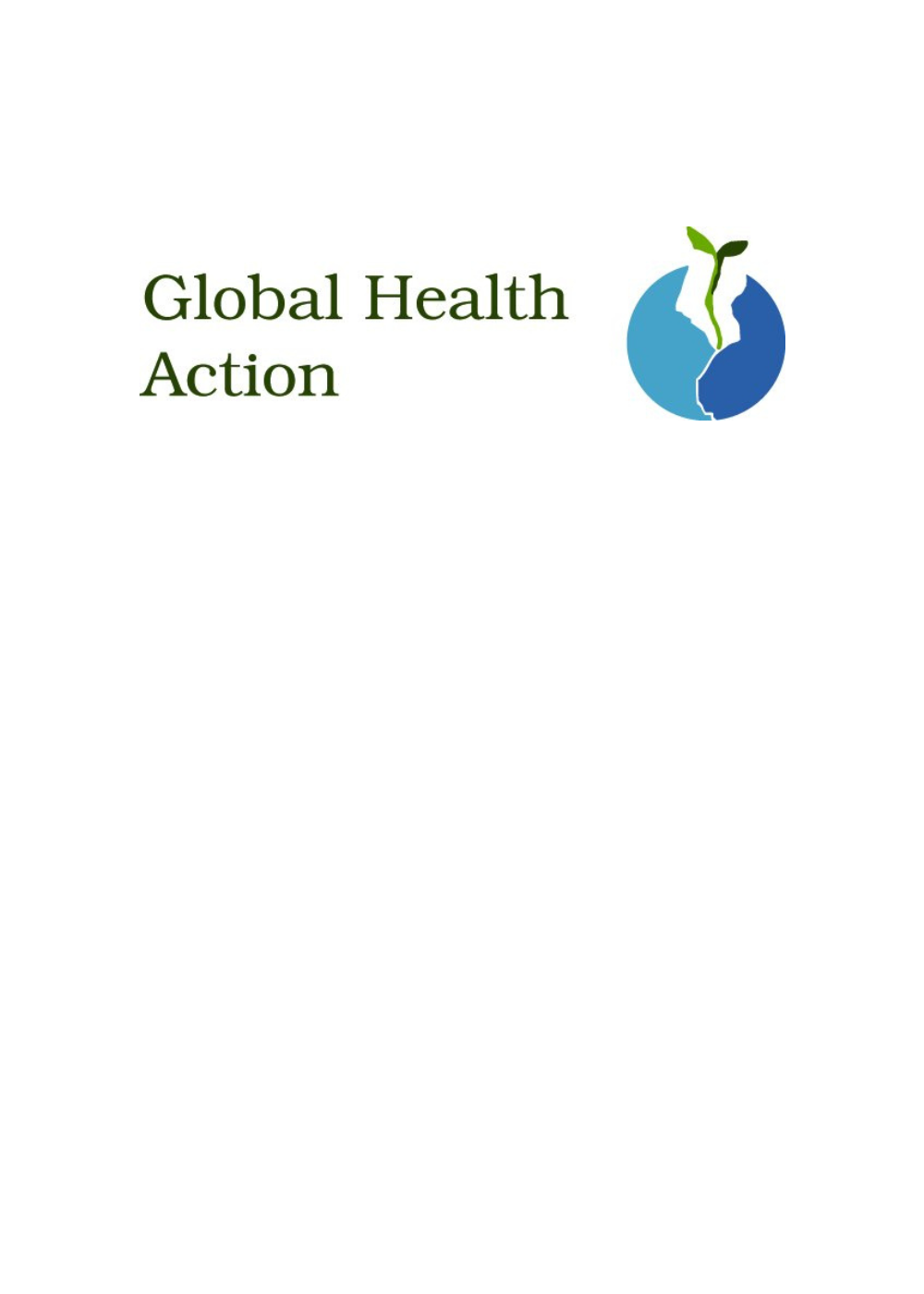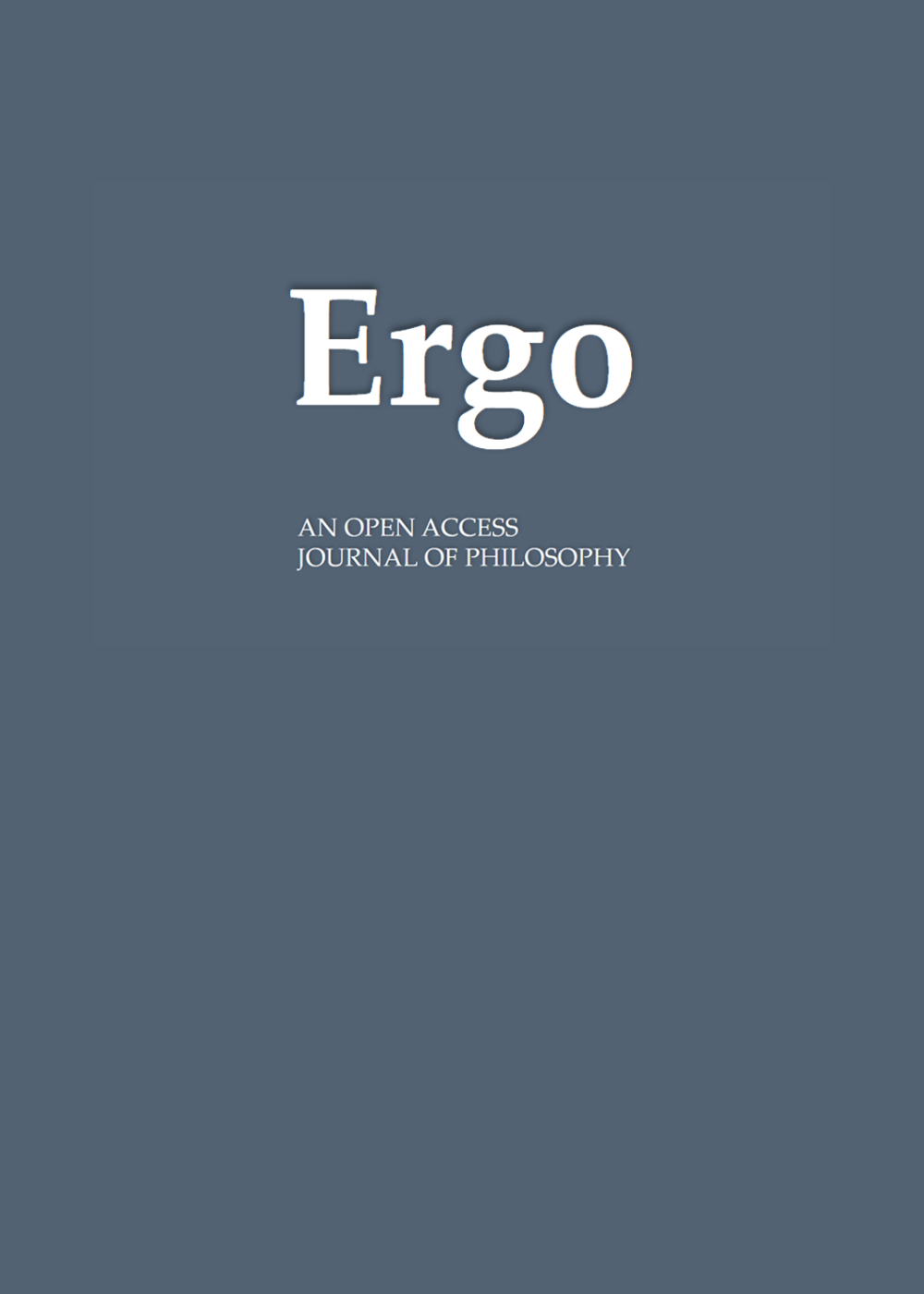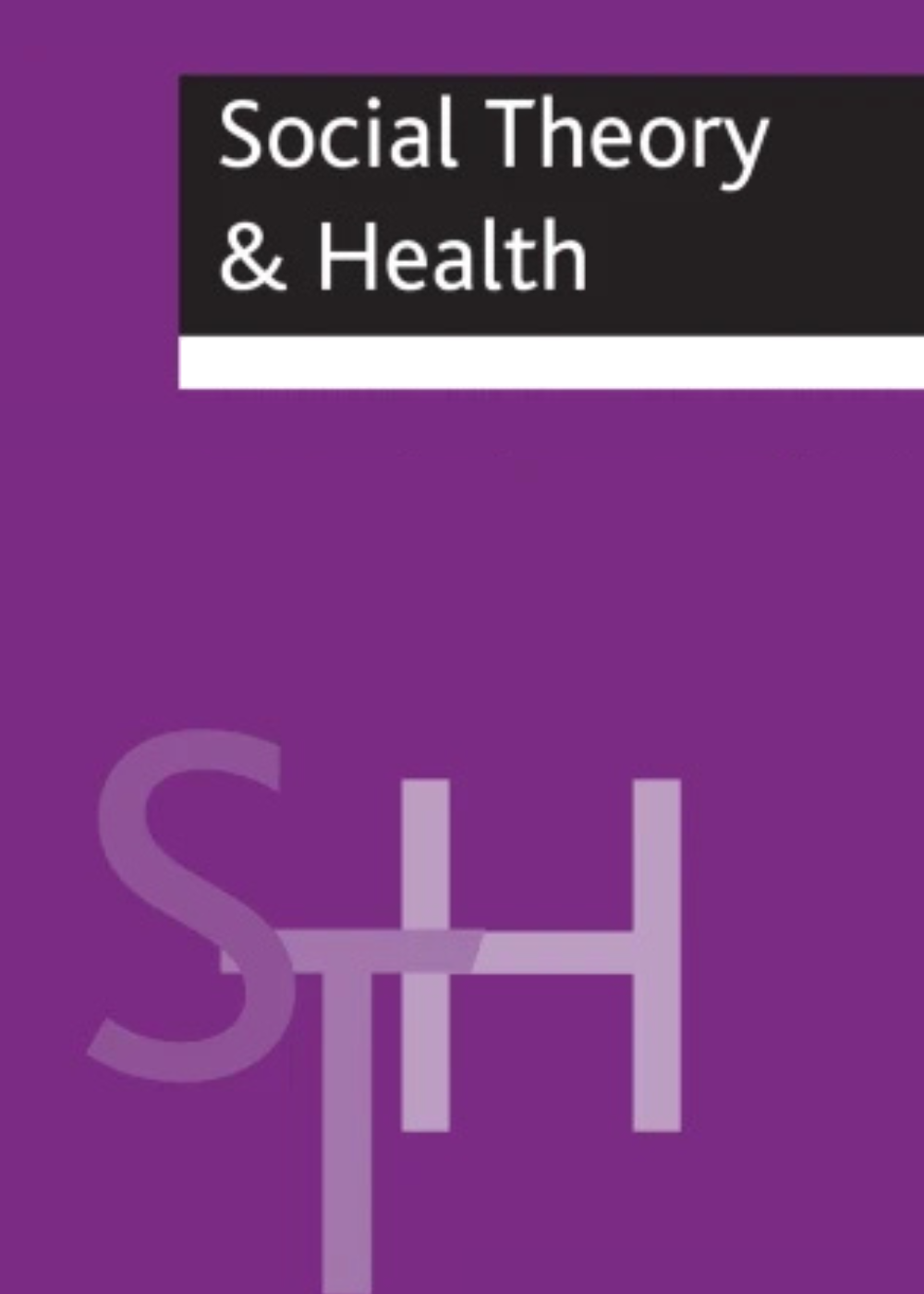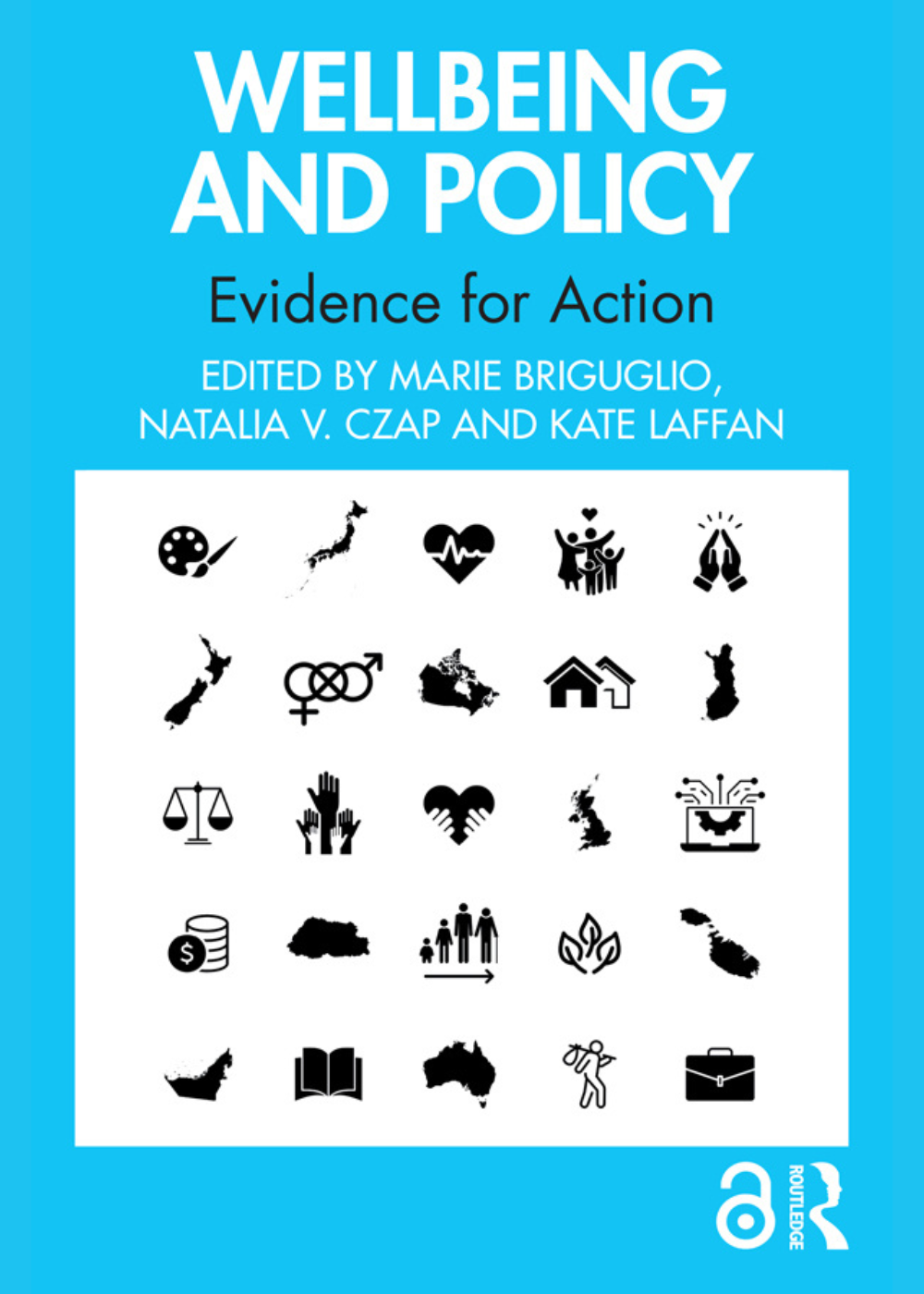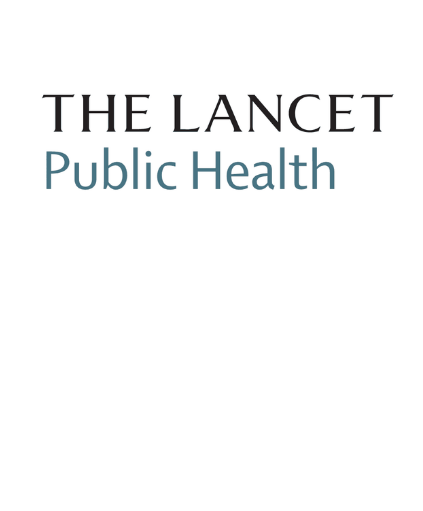
Policy Stringency and Mental Health During the COVID-19 Pandemic: A Longitudinal Analysis of Data From 15 Countries
The Lancet Public Health
Lara B Aknin, Bernardo Andretti, Rafael Goldszmidt, Prof John F Helliwell, Anna Petherick, Prof Jan-Emmanuel De Neve, Prof Elizabeth W Dunn, Daisy Fancourt, Prof Elkhonon Goldberg, Sarah P Jones, Ozge Karadag, Elie Karam, Prof Richard Layard, Prof Shekhar Saxena, Emily Thornton, Ashley Whillans, Jamil Zaki
To date, public health policies implemented during the COVID-19 pandemic have been evaluated on the basis of their ability to reduce transmission and minimise economic harm. We aimed to assess the association between COVID-19 policy restrictions and mental health during the COVID-19 pandemic.
In this longitudinal analysis, we combined daily policy stringency data from the Oxford COVID-19 Government Response Tracker with psychological distress scores and life evaluations captured in the Imperial College London-YouGov COVID-19 Behaviour Tracker Global Survey in fortnightly cross-sections from samples of 15 countries between April 27, 2020, and June 28, 2021. The mental health questions provided a sample size of 432 642 valid responses, with an average of 14 918 responses every 2 weeks. To investigate how policy stringency was associated with mental health, we considered two potential mediators: observed physical distancing and perceptions of the government’s handling of the pandemic. Countries were grouped on the basis of their response to the COVID-19 pandemic as those pursuing an elimination strategy (countries that aimed to eliminate community transmission of SARS-CoV-2 within their borders) or those pursuing a mitigation strategy (countries that aimed to control SARS-CoV-2 transmission). Using a combined dataset of country-level and individual-level data, we estimated linear regression models with country-fixed effects (ie, dummy variables representing the countries in our sample) and with individual and contextual covariates. Additionally, we analysed data from a sample of Nordic countries, to compare Sweden (that pursued a mitigation strategy) to other Nordic countries (that adopted a near-elimination strategy).
Controlling for individual and contextual variables, higher policy stringency was associated with higher mean psychological distress scores and lower life evaluations (standardised coefficients β=0·014 [95% CI 0·005 to 0·023] for psychological distress; β=–0·010 [–0·015 to –0·004] for life evaluation). Pandemic intensity (number of deaths per 100 000 inhabitants) was also associated with higher mean psychological distress scores and lower life evaluations (standardised coefficients β=0·016 [0·008 to 0·025] for psychological distress; β=–0·010 [–0·017 to –0·004] for life evaluation). The negative association between policy stringency and mental health was mediated by observed physical distancing and perceptions of the government’s handling of the pandemic. We observed that countries pursuing an elimination strategy used different policy timings and intensities compared with countries pursuing a mitigation strategy. The containment policies of countries pursuing elimination strategies were on average less stringent, and fewer deaths were observed.
